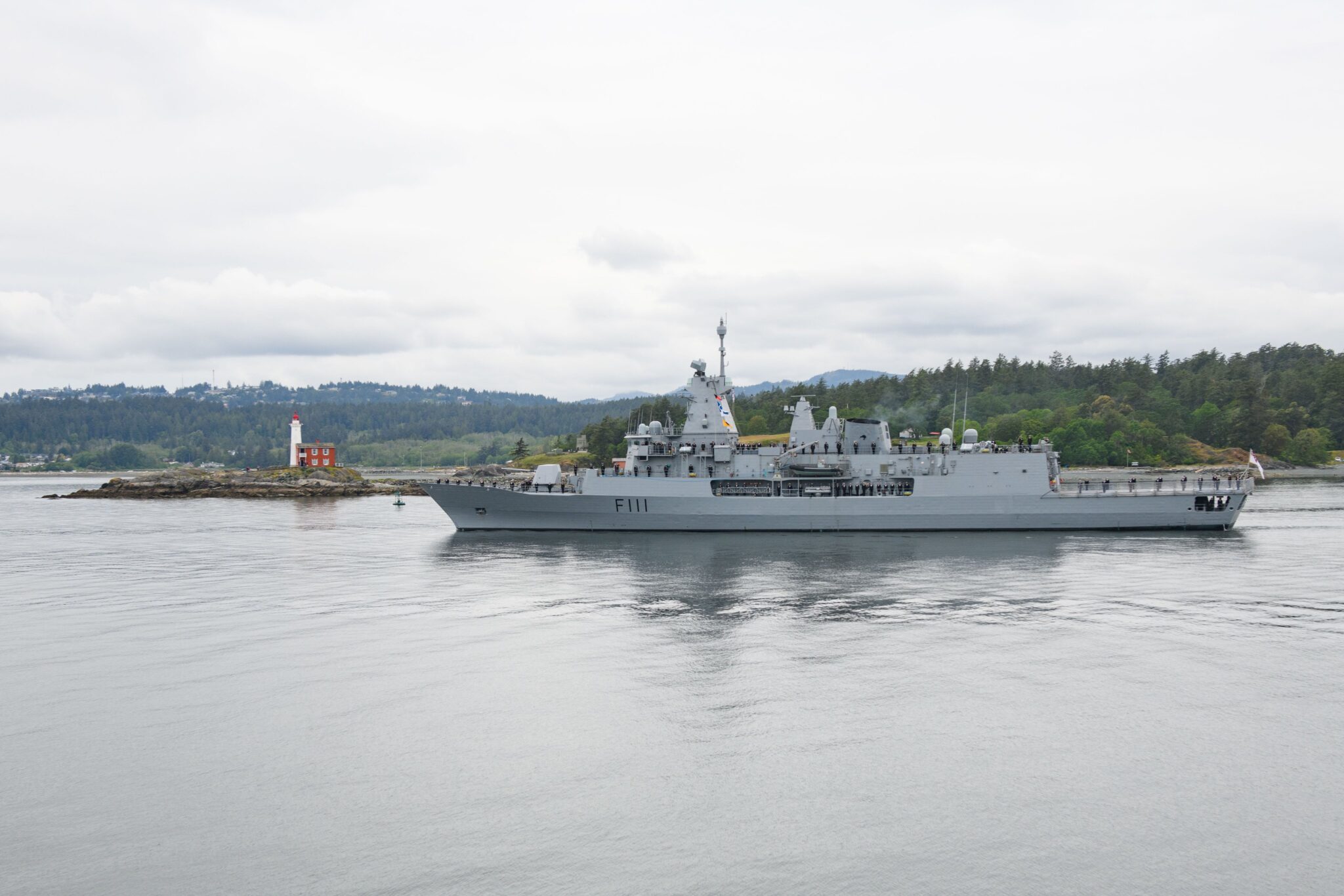The Ministry of Transport has released a NOI (Notice of Information) about the Dry Dock at Northport. Details from the notice:
The opportunity
The proposition of a dry dock large enough to service New Zealand’s bigger commercial vessels (e.g. interisland ferries) has been considered for several years. Currently, larger vessels need to travel offshore to Australia or Southeast Asia to get serviced, which presents resilience issues and produces additional carbon emissions. Northport have been progressing with their consenting process, but the question remains as to whether a dry dock is something that the Government should invest in. We are seeking your expertise to inform future decision making.
What we need
The Ministry is seeking an experienced provider familiar with the Treasury’s Detailed Business Case process to lead work exploring the case for Government supporting the development of a dry dock in Northland. This business case needs to identify the strategic benefits of a dry dock for New Zealand, and what wider benefits it would bring to Northland and New Zealand as a whole. Considerations around ownership structures and financing will be beneficial.
What’s important to us?
The Ministry is looking for credible providers who have the capability and understanding of purchasing large infrastructure and who can build a robust case for potential investment. Engagement will be an important aspect of this work and bidders need to be prepared to engage with a wide range of stakeholders. Preferably you will have relevant maritime experience, such as relationships with shipping lines and ports and an ability to quantify the wider economic and strategic benefits of a dry dock. A proven track record to deliver a Detailed Business Case is preferred, as well as international experience.
Why should you bid?
This is a unique opportunity to influence Government investment in a large infrastructure project that could help to shape Northland’s economy and support New Zealand’s shipping industry. It will be a great opportunity to engage with New Zealand’s ports and shipping lines to better understand the commercial realities of a dry dock.
Interested? What’s next?
We intend to go to market in July 2022. The opportunity will be advertised on the Government Electronic Tenders Service (GETS).
So it looks like Northport is the location and that work is about to start on the government business case. Maybe the MOD Acquisitions Branch should bid for the contract.

